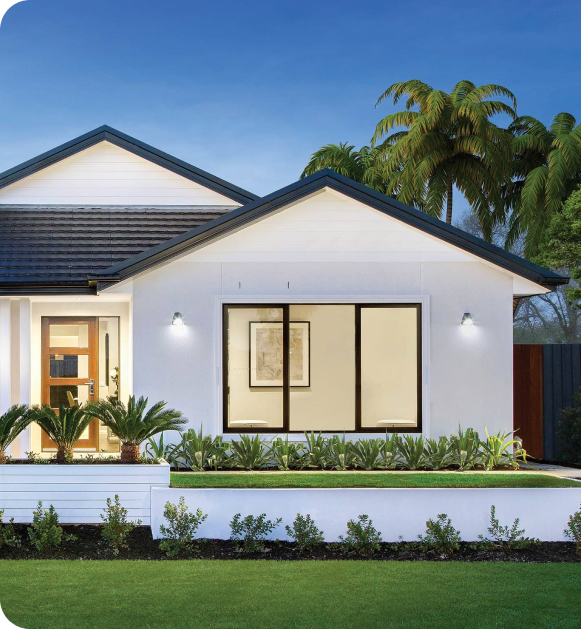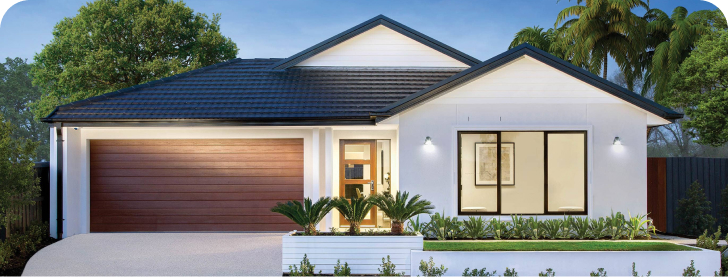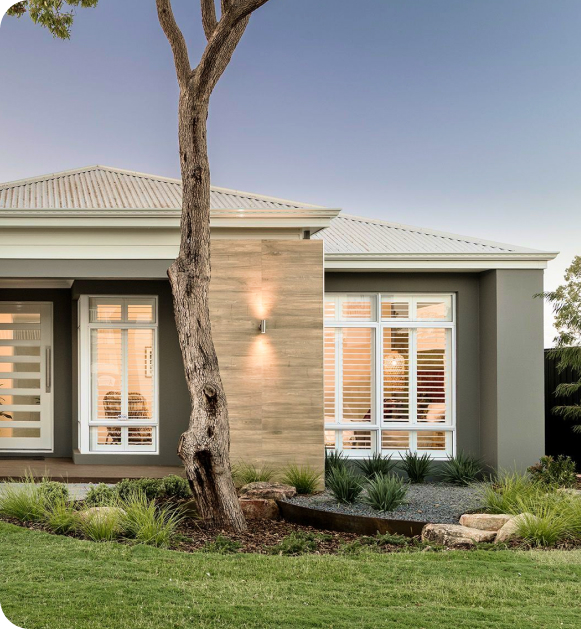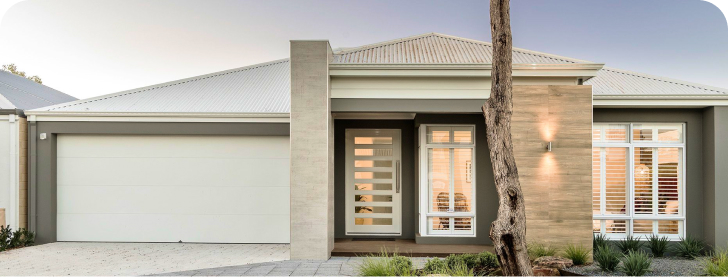
Accessory dwelling units (ADUs) are affordable housing solutions built on the same property where the main unit stands. This type of additional living space has become extremely popular in the USA, primarily due to the law ADU cost. People who do not have enough money to purchase full-fledged houses or those who want to save on the rent often choose accessory dwelling units. Moreover, many people associate ADUs with coliving since this extra living space allows people to live together with their family members or friends on the same property.
However, some people worry about how long-lasting the accessory dwelling unit trend will be. It is natural that no homeowner wants to invest a significant amount of money in the construction of a unit that will be irrelevant in a year. Will accessory dwelling units stay one of the most popular options on the housing market? Will the trend for coliving last? In this article, we will have a closer look at some current ADU trends and try to predict the future of ADUs and coliving in general.
Accessory dwelling units have become popular due to the current situation in the housing market. On the one hand, today, many homeowners want to create additional living space for their adult children or old parents to live together with them. In this case, building an accessory dwelling unit on your property is the most cheap and fast solution you can ever think of. In addition to the opportunity of using one's personal savings, homeowners can take advantage of various financing options that are available for ADUs nowadays, such as home equity loans. What is more, by carrying out an ADU project, a homeowner can generate additional rental income and increase the property value.
On the other hand, many young adults (especially those who are moving to a big city to study or work there) consider ADUs to be innovative living spaces that they can rent at relatively low prices when compared to full-fledged houses.
Many experts say that we are now experiencing another housing crisis, which results in an inability to buy or rent a living space at an adequate price. Hence, young individuals and families choose to rent accessory dwelling units.
Even though accessory dwelling units are quite small additional living spaces, they are independent units with their own amenities. Thus, you can make the most of your ADU and create a comfortable space filled with solutions that can make your everyday life easier. For instance, many homeowners consider integrating smart home technology into their living spaces.
There are several housing solutions associated with smart home technology that you may want to integrate into your ADU: smart home solutions, technologies used for increasing energy efficiency, and solutions for entertainment. Technologies aimed at energy-efficient solutions are especially topical for coliving spaces. What is more, you may want to create a smart home for the residents of your accessory dwelling unit to enjoy. This includes automated lighting and appliances that are application-controlled. These technologies not only simplify the routine but also make the living space suitable for people with disabilities.
One of the major emerging trends is sustainable living. Fortunately, more and more people become aware of the harm that people have caused to the environment for centuries. To remedy the situation, many people become ecoactivists and seek to reduce their carbon footprint by sticking to sustainable living. This is one of the reasons why young people tend to choose eco-friendly ADUs over other housing options.
What we recommend doing when planning an ADU in addition to your primary residence is considering using renewable energy sources such as rainwater and solar energy. It is quite common that an accessory dwelling unit has solar panels on the roof that allow homeowners to collect energy during the day and use it afterward. It is a great solution for states like California, where it is hot and sunny most of the time. Another way to make your attached or detached ADU more sustainable is to install reservoirs for rainwater collection.
Last but not least, unlike major residences built decades ago, ADUs can be built with the use of eco-friendly materials.
Being one of the most affordable housing options, in-law units (or ADUs) are also extremely flexible concerning their layout and future use. There is a popular belief that may deter homeowners, according to which all the ADUs follow the same universal design over and over again. In fact, all the ADUs can be customized for your specific needs. That is why they are so popular among the coliving space lovers. Of course, some building codes should be taken into account and requirements to meet, but every homeowner can plan their dream ADU with unique features.
When it comes to coliving and multi-generational living, ADUs allow to plan more than one bedroom in each unit, as well as take advantage of shared spaces both inside and outside the living spaces. In order to create a friendly atmosphere in the coliving space, we recommend that you create shared outdoor zones for dining and relaxation, as well as coworking, to which all the residents have access.
Coliving is not just about the availability of affordable rental housing units. The main thing is the sense of community. In many coliving spaces, people of various ages, nationalities, and backgrounds are living all together. What makes them a great team or even a family is shared values and interests, as well as sharing common spaces where they gather, get to know each other, and become closer day after day. Therefore, when building an ADU on your land plot, think through a few community spaces in advance, too.
Which spaces encourage communication and socialization exactly? Well, it can be anything, starting from a lounge zone and ending with a gym. The main thing is to make all the community spaces cozy and create a welcoming atmosphere so all the living residents want to gather there.
Universal design accessibility is another undeniable advantage of ADUs. Modular construction is great for future coliving spaces since they are cheap and built faster than regular housing options. In addition, you do not have to spend hours studying zoning regulations before building an ADU. When purchasing a modular secondary unit built in the factory, you can be sure it follows all the laws and regulations. Companies have probably sold hundreds of these units before, so no problems will occur in your case.
You should be aware that usually, there are a number of modular options to choose from, but you cannot be too flexible with the layout when resorting to this type of ADU construction. For instance, you will not be able to transform a unit built as a single-family one into an ADU with numerous bedrooms.
We have already mentioned that the presence of community spaces is crucial for each coliving space. It doesn't really matter if we are talking about a coliving place that accommodates dozens of residents who had not previously known each other or a single land plot shared by two families: adult children living in the main residence and their parents living in an ADU. This will help members of the community get along and encourage open communication between them. By resorting to this solution, homeowners also generate rental income and increase property value.
We suggest that you consider not only traditional communal areas but also some wellness amenities such as a gym or fitness center (with public yoga classes and other activities provided), an outdoor swimming pool, open space for meditation, public walking trails, and gardens.
Obviously, the construction of ADUs used as coliving spaces has an influence on the local economy and lifestyle. Cases show that increasing demand for ADUs leads to an increasing demand for public transport. Why does it happen?
There are a couple of things to consider:
Today, more and more homeowners realize that there are several juicy benefits in creating shared spaces in coliving spaces. These include places for relaxation, mental and physical wellness, as well as common outdoor dining areas. But homeowners often forget about another major trend – places for coworking. Many people who study or work online visit coworking spaces to spend time working while staying in the company of people who are also immersed in their work tasks. They find this atmosphere to be motivating.
Moreover, it is a perfect place to get to know new people and take advantage of networking. Therefore, it may be a great idea to create a coworking space that all the residents can share.

VR technology is a great tool that helps property owners to take care of their rental units. In addition, it may be necessary to control the situation in the communal areas, so the installation of security systems and their usage with the help of VR technologies is extremely topical. However, homeowners may want to use modern technologies not to control coliving residents, but to manage the living spaces and help people living there solve emerging problems. VR technologies are great for making online meetings as efficient as possible and creating a welcoming atmosphere even if a homeowner cannot come to talk in person.
During the pandemic, it became challenging to communicate with each other since all people had no opportunity to leave their houses. Today, there are some community members who do not live together on one property. There may be a significant distance between them, but they still call this lifestyle a coliving since they share some values and interests and organize meetings with all the members of the community on a regular basis.
By using VR technologies, members of coliving communities can create and maintain a sense of community and know each other better no matter where they are at the moment.
Nowadays, we see a growing demand for ADUs in urban areas. It is not surprising since the real estate prices continue to grow. During a housing crisis, it is extremely challenging to purchase or rent a house at a low price. Hence, more and more people are becoming interested in small living spaces that belong to one coliving. In coliving spaces, residents have more space since there are various communal areas that all people can use. We can expect that future generations will also enjoy living together with their friends and families. It is unlikely that other housing solutions will become cheaper in the nearest future. What is more, there is a major trend for sustainable living which means sharing amenities and choosing energy-efficient eco-friendly housing options such as ADUs.
Accessory dwelling units (ADUs) have numerous benefits, which is why they are considered to be the most attractive option right now. In fact, they were built years before in many cities, too. For instance, after World War II, many people were left without housing and were looking for the cheapest solution. Thus, there was a drastic rise in ADUs' popularity in the 1950s. Nowadays, while the housing market is experiencing a major crisis, secondary dwellings remain to be the most affordable housing option. For many people, it is the only way to rent or purchase their own housing unit without spending a fortune. Another benefit of ADUs is that they allow people to join their family members or other loved ones and live in one big community.
There are a few trends in coliving spaces that you should definitely study before building ADUs on your land plot. Firstly, there is a trend for eco-friendly materials and integrating solutions that help reduce a negative environmental impact, such as solar panels and reservoirs for rainwater collection. Secondly, multi-generational living has become more and more popular. By creating a coliving with residents of various ages, people can take care of their loved ones or meet new people and share experiences that vary a lot. Finally, when it comes to coliving, people usually value time the most, so they are looking for fast solutions. Companies provide modular constructions that are assembled in the factory so that it takes only a day or two to deliver and install an ADU on the property.











